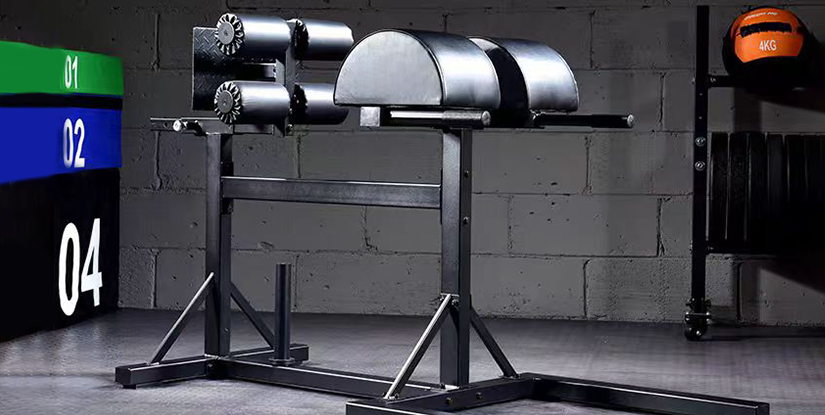Straight-Arm Lat Pulldown Rope: Technique, Benefits & Programming

Straight-Arm Lat Pulldown with Rope: Purpose and Overview
The straight-arm lat pulldown using a rope attachment is a targeted posterior chain exercise that emphasizes latissimus dorsi activation, scapular depression, and core stability. Unlike traditional pulldowns that rely on elbow flexion, this variation keeps the arms extended and focuses on pulling from the shoulder joint, making it an excellent accessory movement for athletes and lifters seeking improved back width and scapular control.
Key Benefits
- Isolates the lats and upper posterior fibers without heavy biceps involvement.
- Improves scapular mobility and control—useful for pulling mechanics and posture.
- Enhances mind-muscle connection for lat engagement prior to compound lifts.
- Versatile for hypertrophy, prehab, and accessory work in various programs.
Proper Technique: Step-by-Step
- Setup: Attach a short rope to a high pulley. Stand facing the machine with feet hip-width and a slight bend in the knees.
- Grip: Hold the rope ends with a neutral grip. Hands should be shoulder-width or slightly wider depending on comfort.
- Starting Position: Hinge at the hips slightly, keep chest tall, core braced. Arms start overhead or slightly forward with a controlled tension in the lats.
- Execution: Initiate the movement by depressing and extending the scapulae, pulling the rope down and back until your hands reach upper thigh level. Maintain mostly straight arms—allow a minimal elbow micro-bend to protect the joint.
- Range of Motion: Focus on scapular movement rather than elbow flexion. End range should feel like a full lat contraction with the ribcage stable.
- Return: Control the rope back to the starting position, resisting the weight and maintaining tension in the lats.
- Breathing: Exhale on the pull, inhale slowly on the return.
Programming Recommendations
Use straight-arm lat pulldowns as an accessory movement 2–3 times per week. Typical rep schemes:
- Hypertrophy: 3–4 sets of 8–15 reps with moderate tempo and controlled eccentric.
- Strength/Control: 3–5 sets of 5–8 reps with heavier load and longer rests.
- Endurance/Conditioning: 2–3 sets of 15–25 reps focusing on time under tension.
Variations and Progressions
- Single-arm rope pulldown: isolates side-to-side discrepancies and enhances core anti-rotation.
- Band-assisted straight-arm pulldown: useful for beginners to learn scapular motion.
- Incline bench + rope pulldown: reduces lumbar involvement and emphasizes lat stretch.
- Tempo manipulation: slow eccentrics (3–4 sec) increase muscle damage and control.
Common Mistakes and Corrections
- Using excessive elbow flexion: reduces lat emphasis—cue scapular depression and straight arms.
- Shrugging shoulders: activates traps more than lats—think of pulling the elbows down into the ribcage.
- Allowing torso swing: stabilise the core and limit hip hinge to maintain tension in the lats.
- Too much load: select a weight that allows full control and clean scapular motion across all reps.
Rope vs. Bar: Which to Choose?
The rope attachment allows for a more natural hand separation and stronger mind-muscle connection when finishing the pull. It can provide greater ability to flare the hands and achieve a deeper lat contraction. A straight bar enforces a fixed hand position and can be preferable for maximal loading or when the goal is simply to move heavier weight. Both tools are valuable; program based on goals—rope for isolation and range, bar for load and simplicity.
Equipment and Maintenance Tips
- Inspect the rope for fraying and the carabiner for wear before use.
- Ensure the pulley moves smoothly and that the cable shows no visible wire strands.
- Replace worn ropes or attachments to prevent failure under load.
Sample Back-Focused Finisher (10–12 minutes)
- Straight-arm rope pulldown: 3 sets x 12 reps, 60–75% of working single-arm load; 60s rest.
- Single-arm cable row: 3 sets x 10 reps per side; focus on full contraction.
- Band pull-aparts: 3 sets x 20 reps for scapular endurance.
Safety Considerations
Prioritise scapular mobility and shoulder health. If you have a history of shoulder impingement or pain, reduce range and consult a clinician. Use a conservative load until technique is mastered and avoid abrupt jerking or momentum to protect the spine and shoulder complex.
FAQs
- Q: Are straight-arm pulldowns good for lats? A: Yes, they target lat width and scapular control.
- Q: Should elbows be locked? A: No—keep a small micro-bend to protect joints.
- Q: How often to perform them? A: 2–3 times weekly as accessory work.
- Q: Rope or straight bar? A: Rope for range and finish; bar for heavier loads.
- Q: Best rep range for growth? A: 8–15 reps with controlled tempo.
- Q: Can beginners use this? A: Yes—start light and focus on scapular motion.
- Q: Any alternatives? A: Straight-arm band pulldowns or cable bar pulldowns.
- Q: Does it help posture? A: Improves scapular control and can reduce rounded shoulders.
- Q: Pain during the exercise? A: Stop and reassess form; consult a professional if pain persists.

